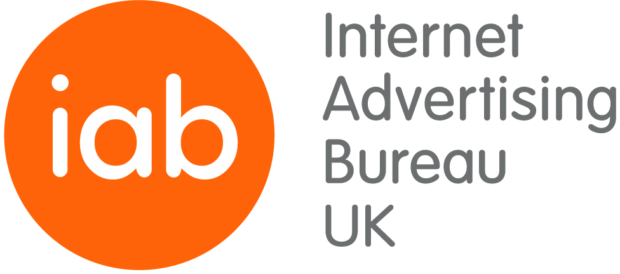Programmatic: The More Things Change, the More they Stay the Same?
by Lindsay Rowntree on 16th Nov 2016 in News

In the latest column from the IAB's Display Trading Council, council members give their views on what has changed in the programmatic space over the last two years.
To borrow from John Hughes’ 1986 American teen comedy Ferris Bueller’s Day Off – programmatic moves pretty fast. If you don't stop and look around for a while, you could miss it. It’s been two years since the IAB’s Display Trading Council put together our first Programmatic Handbook; and last month we released the 2016 Programmatic Handbook which is almost double the size and covers the latest developments in the programmatic space. We asked members of the DTC what’s changed in the intervening time?
Embracing the use of data
“The most profound change I have seen in programmatic in recent years has been around clients' attitudes towards embracing the use of data to enhance their campaigns, especially first-party data. When programmatic first emerged as a new way to trade, the focus was very much on driving reach at the lowest rates possible. Data segments were available, but it wasn’t as rich or as granular as what we have access to today. Clients have become more sophisticated in setting up their own DMPs and utilising their first-party data more effectively – this has come on a long way from simply retargeting people who have been to the client’s site.”
Samantha Wade, VP Commercial Partnerships, Amobee
The rise of the brand campaign
“Since the last handbook, we've seen programmatic come to fruition as a means of executing branding campaigns, not just direct response. Programmatic has empowered buyers to have control over the delivery of their campaigns, targeting known users, audiences and implementing universal frequency caps to drive the performance of their activity. Historically, this was applied primarily to direct-response campaigns. However, with the increasing availability of high-quality audiences and inventory, these same benefits are now being brought to the delivery of brand activity. In particular, we are seeing this increasingly transacted via private marketplaces. This offers the buyer workflow efficiency, centralises their RTB-based buying, and gives them the ability to forward plan through the use of Guaranteed Private Marketplaces.”
James Brown, MD UK & Nordics, Rubicon Project
The growth of high-impact creative
“Content, social media, and different forms of display advertising are growing as ‘go-to’ strategies for brand-building in digital channels. With video and other high-impact creative formats now available through programmatic, brand campaigns can add a digital string to their bow, with further huge creative opportunities opened up. With the ability to synchronise brand campaigns between TV and online, react to real world data, such as location, weather, and also reach people as they move from one device to another, brands can reach people in increasingly relevant ways.”
Samantha Tillet, UK Agency Sales Director, Rocket Fuel
Improvements in verification
“Since the advent of programmatic in the UK, the digital advertising industry, alongside verification tech providers, have been working to increase the level of education around programmatic and to provide greater understanding of its use and benefits for all. Today, proactive steps are now taken from all sides of the digital ecosystem to improve programmatic inventory, with more tools available in market to help all achieve this. However, there is still some work to be done. This is clear when buyers want to source highly viewable impressions through programmatic channels, as viewability rates can be found to be lower in programmatic inventory”
Lee Moulding, Director, Business Development, Integral Ad Science
A 'programmable' age
“We are transitioning towards an extremely interconnected and personalised internet – the ‘programmable’ internet. As part of this transition, there is a thriving demand for more sophistication around data usage, application, and customisation – including algorithms – to deliver tailored user experiences. That way, advertising will stop being visual noise and become a useful part of a fluid experience designed around the eye of the beholder."
Nigel Gilbert, VP Strategic Development EMEA, AppNexus
What's in a name
And we couldn’t help but look to what the future could hold, when the term 'programmatic' itself could be rendered obsolete.
“It is an exciting thought to consider what the handbook will be called, or the content it contains, in two years’ time. Programmatic will be an ingrained, go-to, mainstream component of brands’ digital marketing strategy. It will no longer be separate departments, it will be the centre of all digital advertising strategy and execution. What boundaries will we be pushing within the next two years? TV convergence, maturity of data management, marketer input and management, one true consumer-centric view and omni-channel automation.”
Andreas Dooley, Commercial Director UK & IE, Adform
The latest Programmatic Handbook is available through the IAB site to members and selected pieces of content will be serialised in ExchangeWire imminently.
Digital MarketingProgrammaticRegulation








Follow ExchangeWire